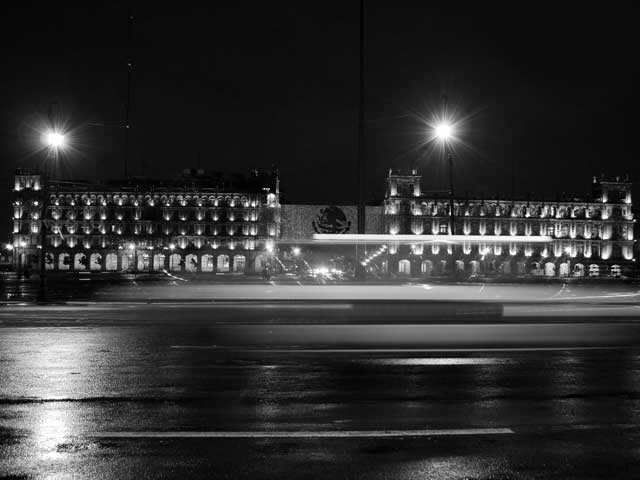By David Maurice Smith
With a population of just under 20 million people, Mexico City has a reputation as one of the world's largest, dirtiest and most dangerous cities. Often overlooked in favour of the more exotic holiday destinations located throughout the country, most travelers avoid it or treat it as a place to get in and out of as fast as possible. However in doing so one indeed misses out on one of the America's oldest and culturally rich cities.
Mexico City itself has been built on the bed of the ancient and now non-existent Lake Texcoco, which starting in the 17th century, was drained. Sitting at an elevation of just over 2,200 metres, it was home to one of the largest pre-colonial populations in the world with an estimated 200,000 inhabitants before the Spanish arrived.
The Zocalo (meaning "pedestal" or "stand") is known formally as the Plaza de la Constitucion and acts as the ceremonial heart of Mexico City. Having been a key meeting place for Mexican citizens since Aztec times, it has hosted everything from independence ceremonies and royal celebrations to riots and national protests. Weekends see the square packed with Mexicans from all walks of life: locals enjoying time off, artisans peddling wares, street people hoping for handouts, food vendors filling the air with delicious smells... Even on the quietest of days there is an energy symptomatic of the collective conscience created through generations of ceremony and cultural gatherings.
Over the centuries the Zocalo has seen many incarnations. Its present day appearance boasts a paved platform of over 125,000 square metres, overpowered by a dramatic and gigantic flagpole displaying the country's flag at its centre. As city squares go, it is second only to Moscow's Red Square in size, and the powerful aesthetic it creates leaves visitors speechless.
The Zocalo is contained on the Eastern side by the Palicio Nacional, home to the Mexican government and believed to built on the site where the great Aztec ruler Montezuma's palace once stood. Although defeated by the Spanish conquistador Cortez, Moctzezuma continues to wreak havoc on invading tourists to this day through his unfortunate gastrointestinal namesake, "Montezuma's revenge."
Next to the Palicio Nacional lay the sacred ruins of Templo Mayor, credited as the main temple of the Aztec empire and only discovered in the 1970s when it was accidentally unearthed by electricians doing repairs. Indeed this scenario has been repeated over and over again as construction projects come to a screeching halt with the discovery of historical ruins. The city's subway system was somehow completed, built despite facing the task of weaving throughout a vast subterranean architecture.
The southern end of the square is contained by the aesthetic Palacio del Ayuntamiento, consisting of the old and new city hall buildings. Here under the ornate, arched exterior corridor you see a collision of old and new Mexico: with professionals and dignitaries dressed in fine suits passing by traditional Native peoples selling home made crafts, trying to eek out a living. This scene symbolizes much of modern day Mexico City, a place where the polarities between rich and poor are repeatedly displayed.
Dominating the square is the majestic Catedral Metropolitana, located at the north end of the Zocalo. Its construction took over three centuries to complete and as a result the aesthetic of the cathedral shows a mixture of the Renaissance, Baroque and Neo-classic styles found over this time period. Despite sophisticated restoration attempts, the cathedral is actually sinking, thanks to being built on Lake Texcoco's soft sub-soils and, as rumour has it, directly atop pre-Hispanic ruins. The cathedral is the largest and oldest in all of the Americas and continues to serve as the home base for the Catholic faith in Mexico. Beyond that, the cathedral also serves as a focal point of Mexico City's cultural identity, and is a symbol of its colonial past.
So despite a sometimes unsavoury reputation, Mexico City is an amazingly vibrant and culturally significant destination for travelers heading south. An intense urban energy, cultural richness and historical significance make it comparable to the great cities of Europe. Look no further than the centralized Plaza de la Constitcion or Zocalo when beginning an exploration of this ancient and diverse city.




